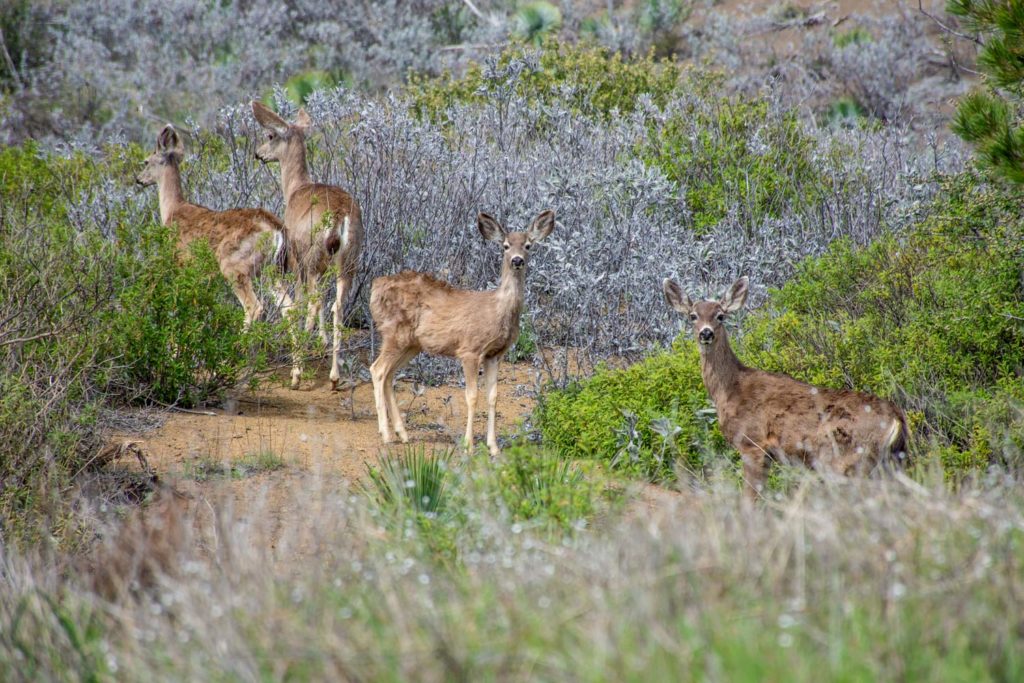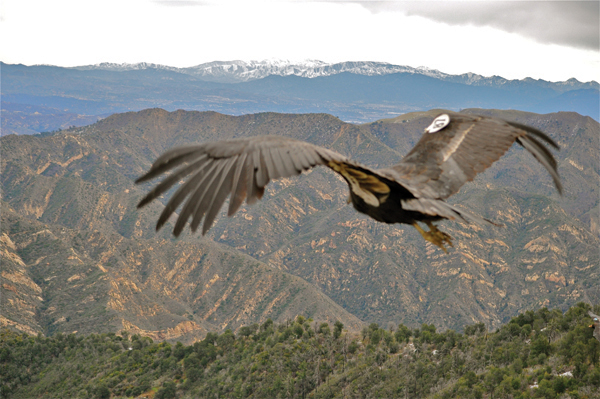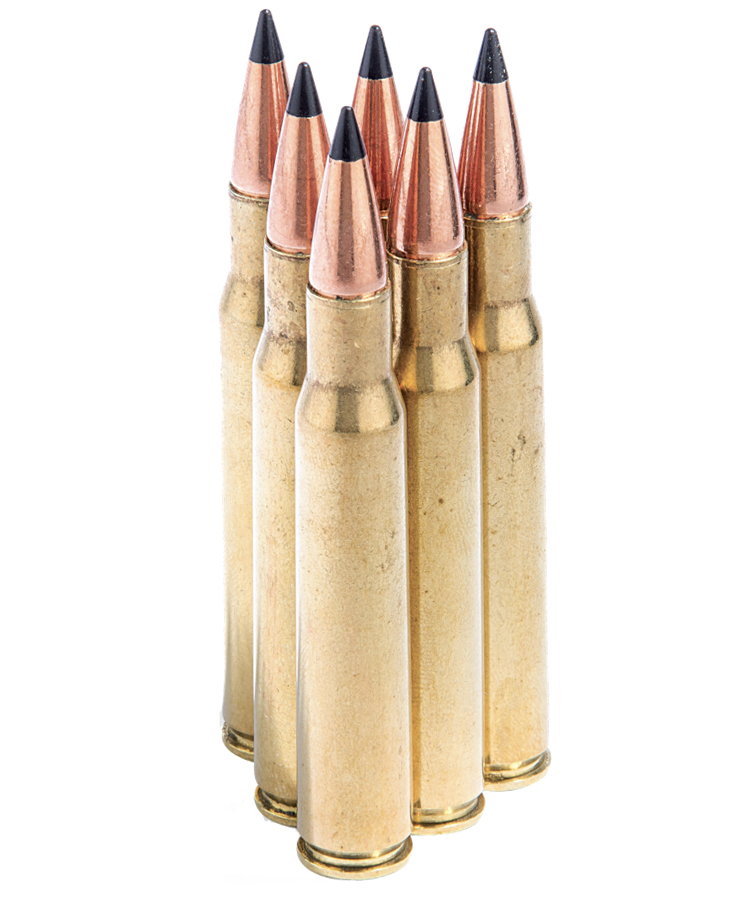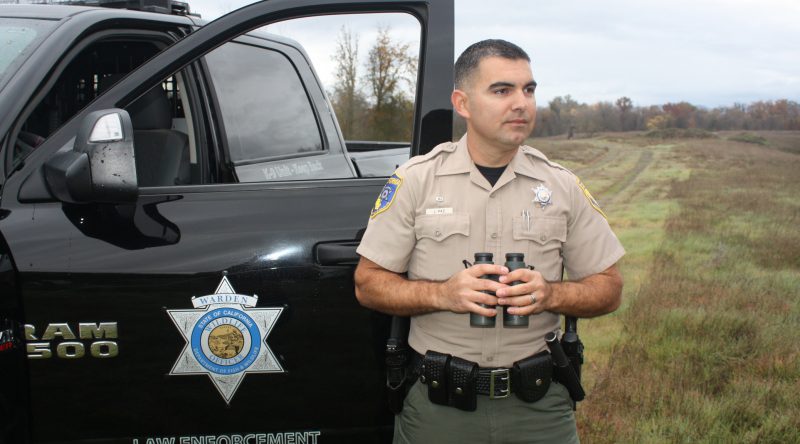
Today, regulations go into full effect banning the use of lead ammunition when taking any wildlife with a firearm on both public and private lands in California as established by Assembly Bill 711, which was signed into law in 2013.
The bill requires hunters in California to use certified non-lead ammunition when harvesting any game with a firearm or taking any wildlife with a depredation permit. This bill applies to all wildlife including game birds, non-game birds, and mammals as well as all firearms including rifles, shotguns, pistols, and muzzleloaders in any gauge or caliber.
Purpose of the Regulations
The ban will decrease the risk of spent lead bullets poisoning wildlife such as hawks, owls, eagles, and the critically endangered California condors. Millions of these birds are poisoned every year from eating carcasses containing lead-bullet fragments. These lead fragments can spread to meat far from the bullet hole and leave small dust-sized particles in its tracks. The lead fragments are also toxic to humans that ingest the wild game.

Lead poisoning is the number one cause of death in juvenile and adult California condors. In a study conducted at UC Santa Cruz, researchers have confirmed that the recovery of the endangered California condor population has been stunted by the threat of lead poisoning. This study found that about 20% of condors have blood lead levels that indicate the need for clinical intervention to prevent mortality. A stable lead isotope analysis was used to confirm that lead ammunition was indeed the principal source of lead poisoning in these endangered birds.
Over the past 50 years, lead has been significantly reduced in sources such as gasoline and paint because it causes reproduction problems, inhibition of growth, and damage to neurological development in most vertebrates. It is an extremely toxic substance that is dangerous to people and wildlife at very low levels. In the United States, lead ammunition is the largest unregulated source of lead discharged into the environment. It causes lead poisoning in 130 species of birds and animals.
Ammunition Standards

leadfreehunting.com
In order for ammunition to meet the non-lead threshold, each projectile must contain less than or equal to 1% lead content. A full list of certified non-lead ammunition can be found on the California Department of Fish and Wildlife (CDFW) website. Ammunition manufacturers are required to undergo an application process to have their ammunition certified for legal use. People can purchase non-lead ammunition in most local gun stores and sporting goods retailers. The bill does not apply to pellet guns or personal protection guns, and lead ammunition will still be allowed at designated target shooting locations.
Cost of Lead-free Ammo
While opponents to the bill argue that this will be costly for hunters, a recent study from the Royal Swedish Academy of Sciences found that there is no major difference in retail price of lead-free and lead ammunition for most popular calibers. This study concludes that “[g]iven the demonstrated wide product availability, comparable prices, and the effectiveness of high-quality lead-free ammunition, it is possible to phase out the use of lead hunting ammunition world-wide.”
Enforcement of the Ban
According to the CDFW, “[a]ll ammunition in a hunter’s possession may be inspected by wildlife officers. In some cases, if a wildlife officer suspects a hunter is in possession of lead ammunition and cannot prove otherwise in the field, he or she may seize a cartridge or bullet for further analysis.”

Those who violate the lead ammunition ban will be fined up to $500 for a first offense. Hunters who violate the ban a second or subsequent offense will be fined no less than $1,000 (up to $5,000). Violators of the ban also risk losing hunting privileges.
Lead in the Los Padres
The lead ammunition ban for hunting will be in effect across all national forests in California, including the Los Padres National Forest. However, lead bullets will still be allowed at designated target shooting sites.
Fortunately, unmanaged target shooting is now prohibited in the Los Padres National Forest thanks to a lawsuit by ForestWatch and a subsequent settlement earlier this year. The Winchester Canyon Gun Club and the Ojai Valley Gun Club are the only designated target shooting ranges where discharging a firearm is allowed, and these will be the only places in the entire forest where the use of lead ammunition will still be allowed (except for shotgun ranges at those locations, where lead-free shot is required).
Over the weekend, a group of 20 volunteers spent hours cleaning up spent ammunition from an old illegal target shooting site around the Gibraltar Road trailhead for West Fork Cold Spring Trail, highlighting just how important the issue of lead ammunition has become in the area. After only a couple hours, about 30 pounds of lead bullets and bullet fragments were collected along the trail.








Comments are closed.